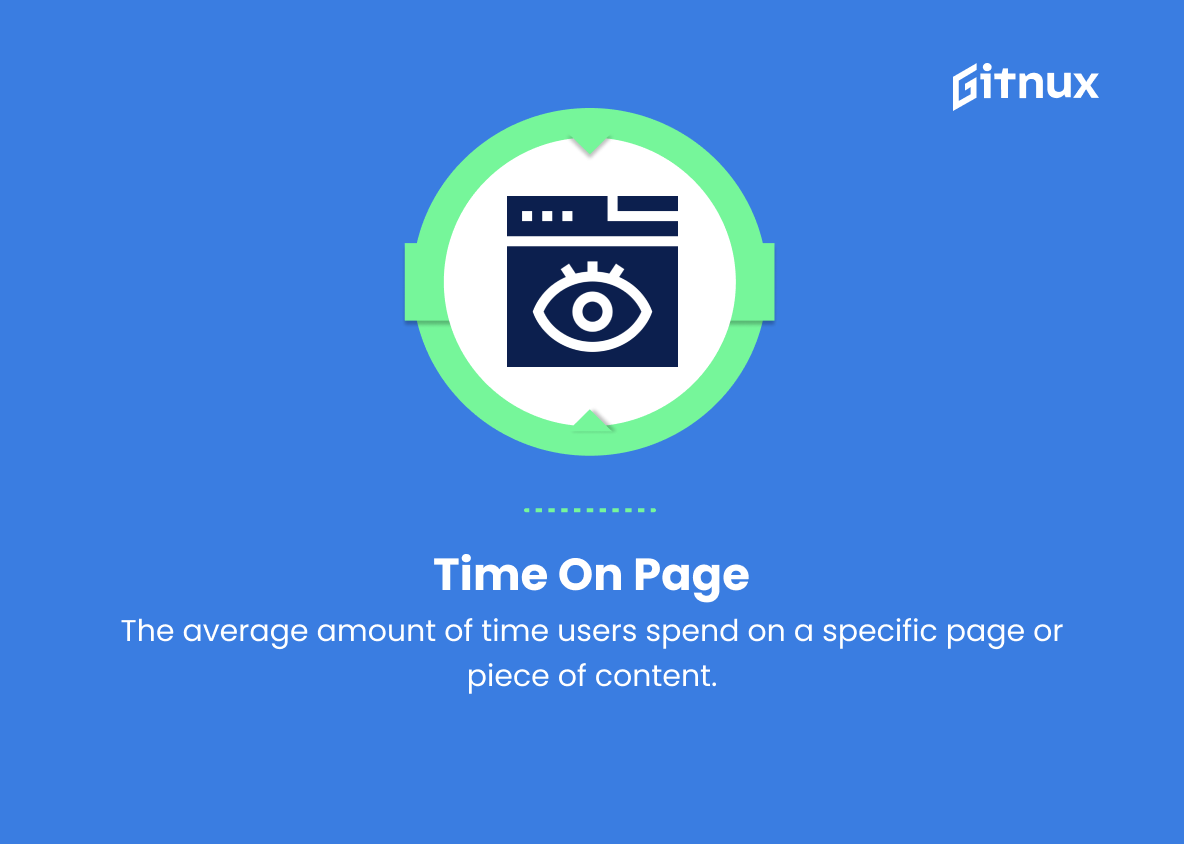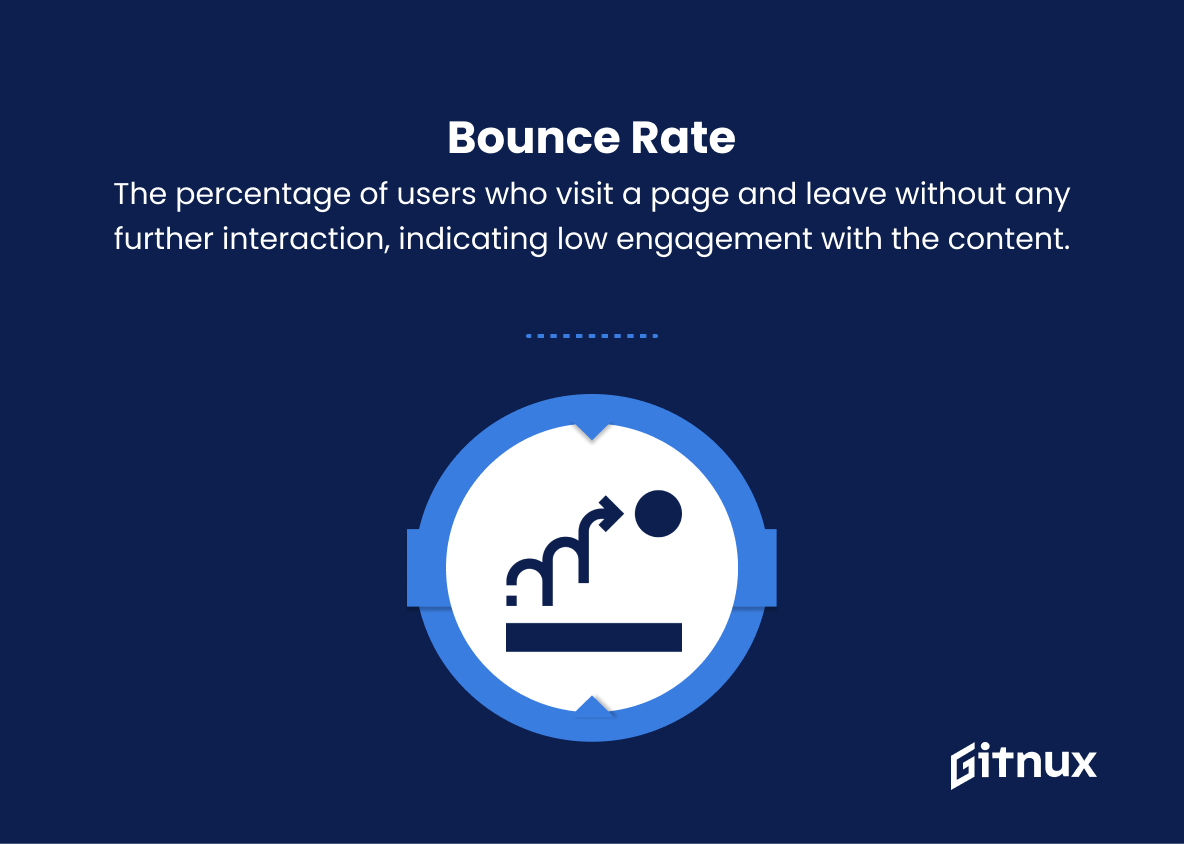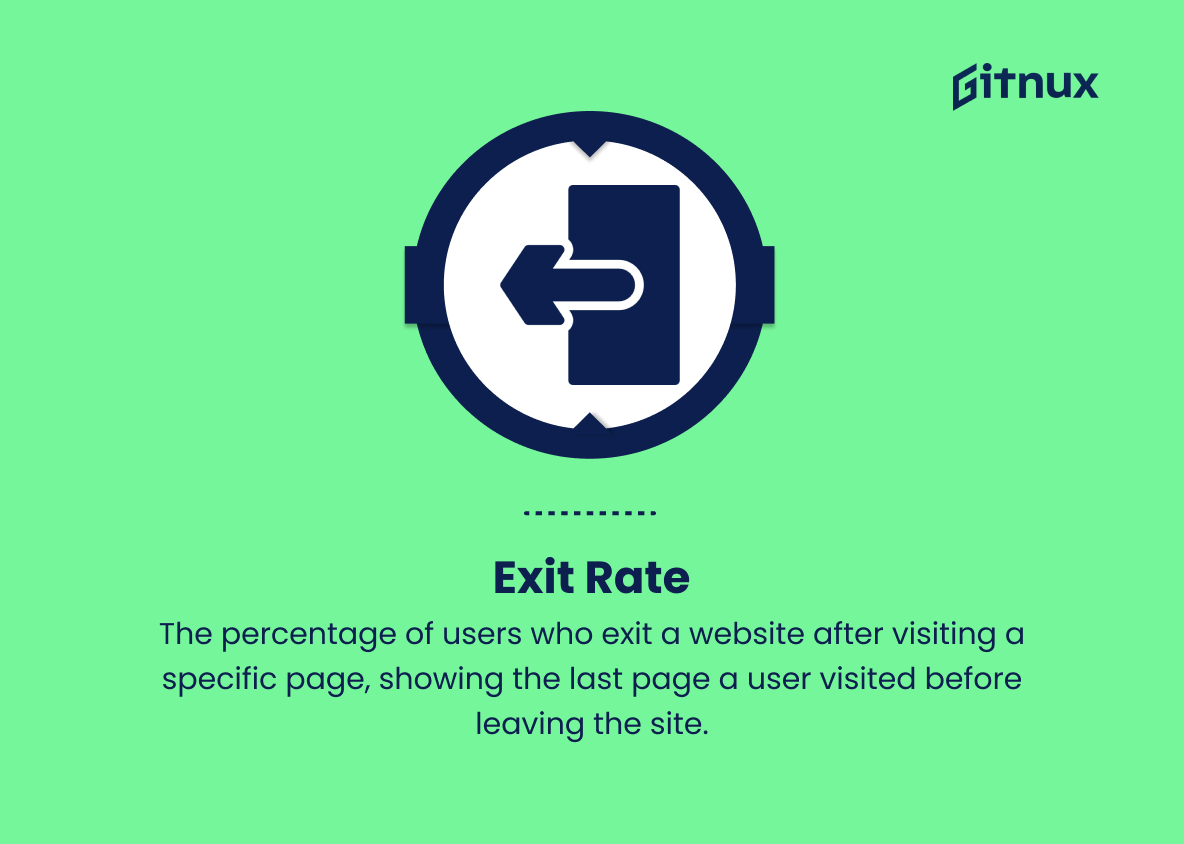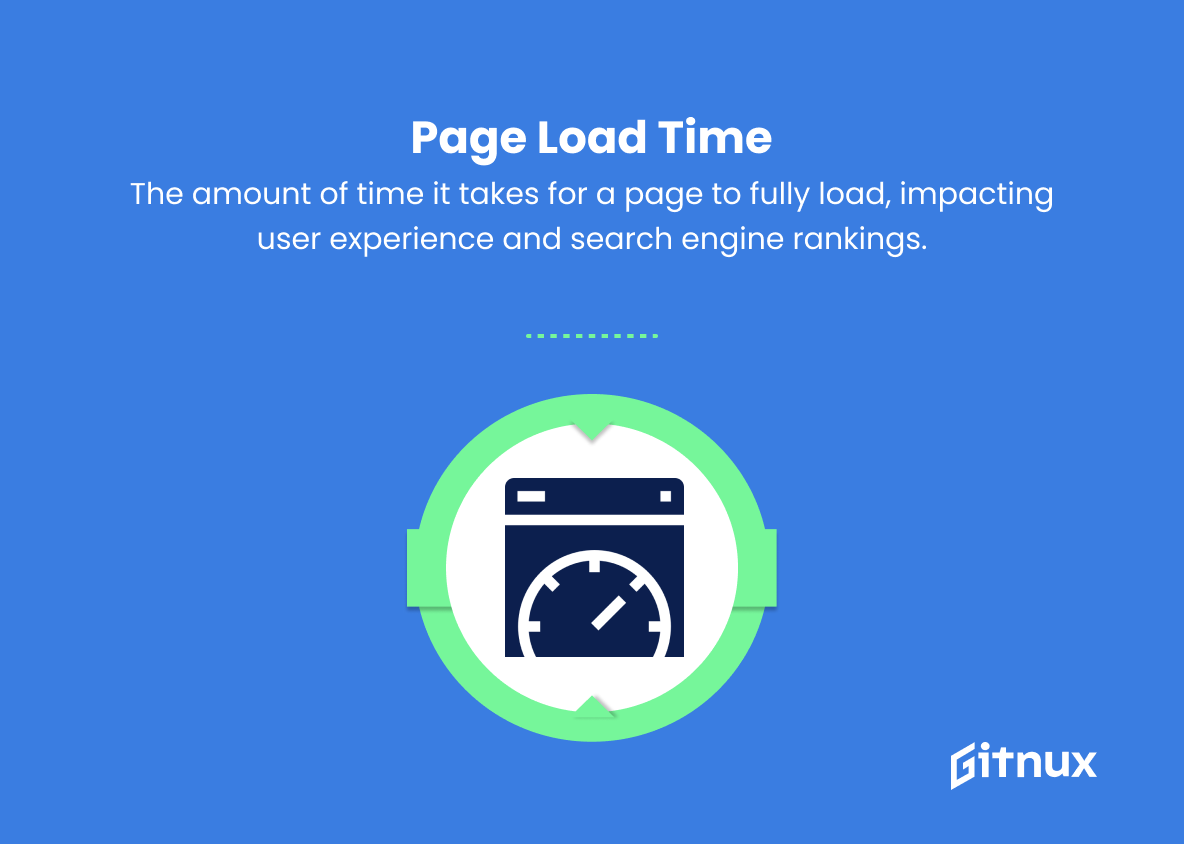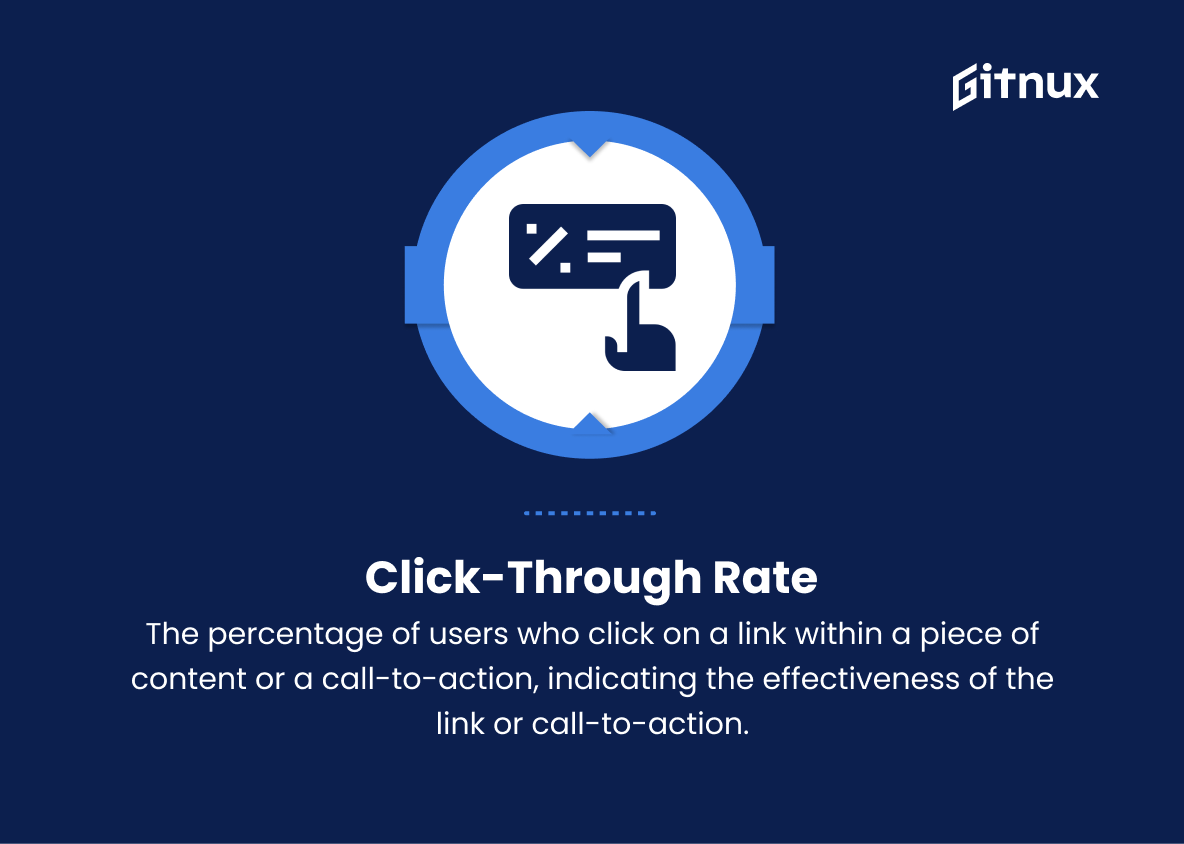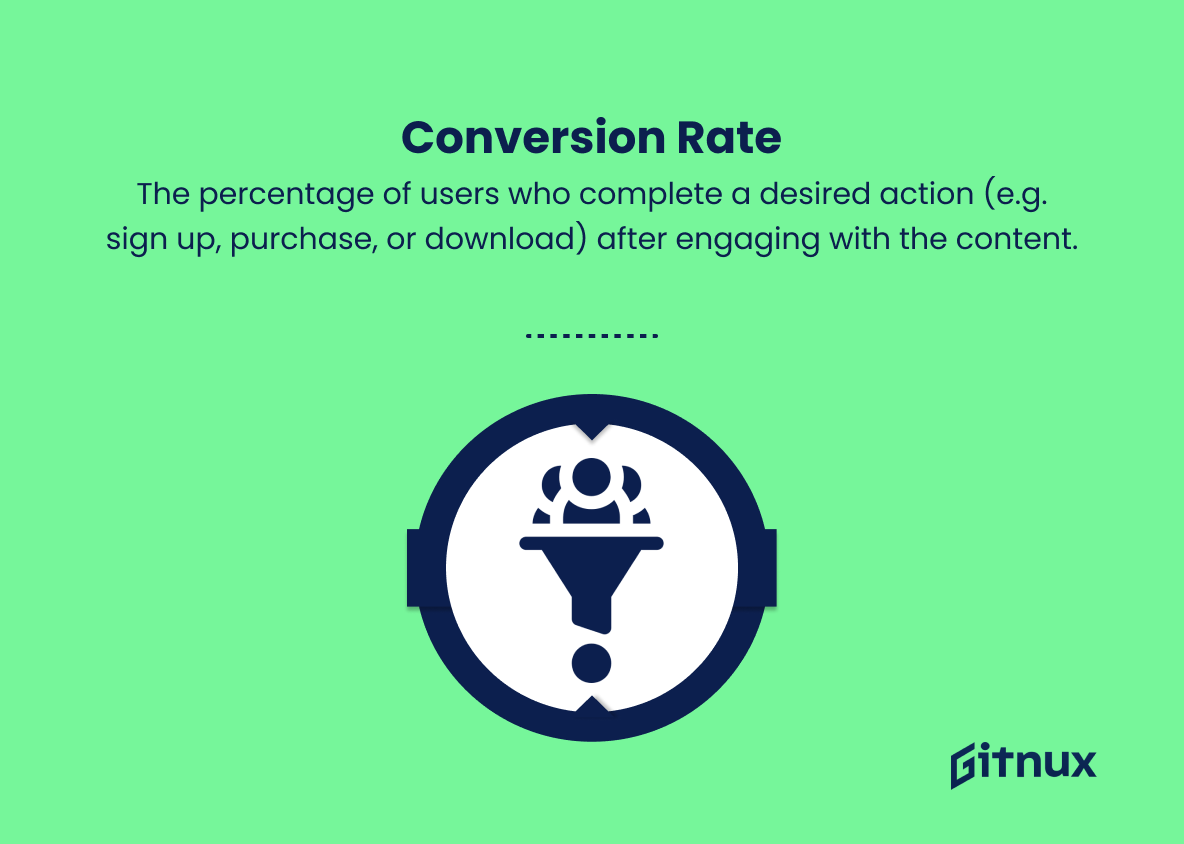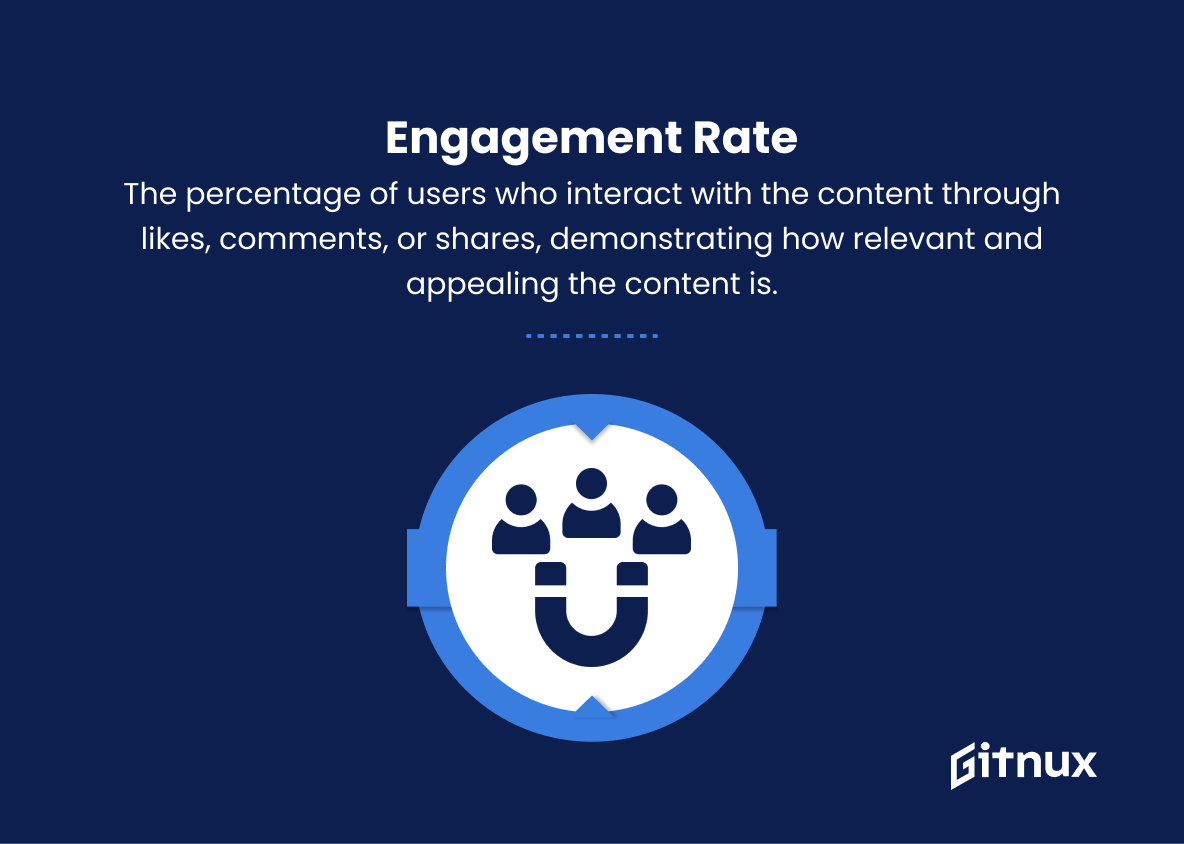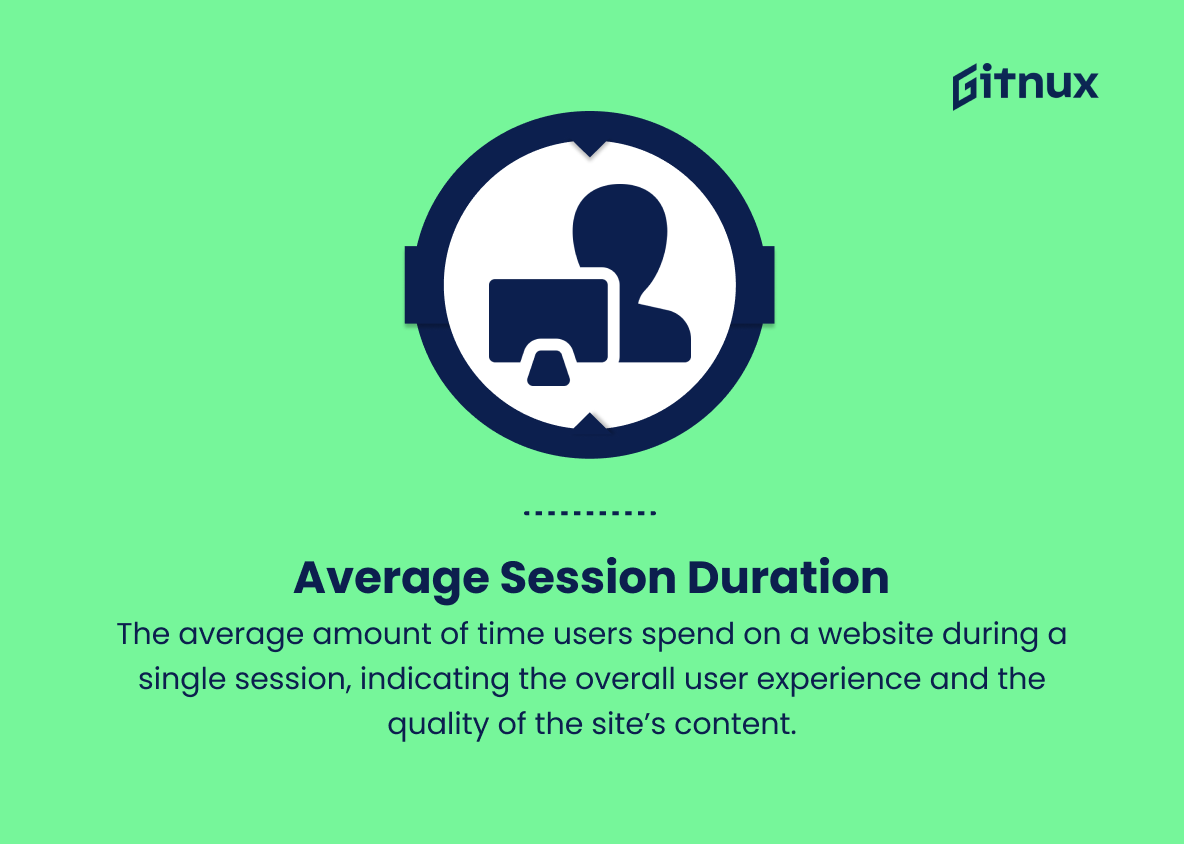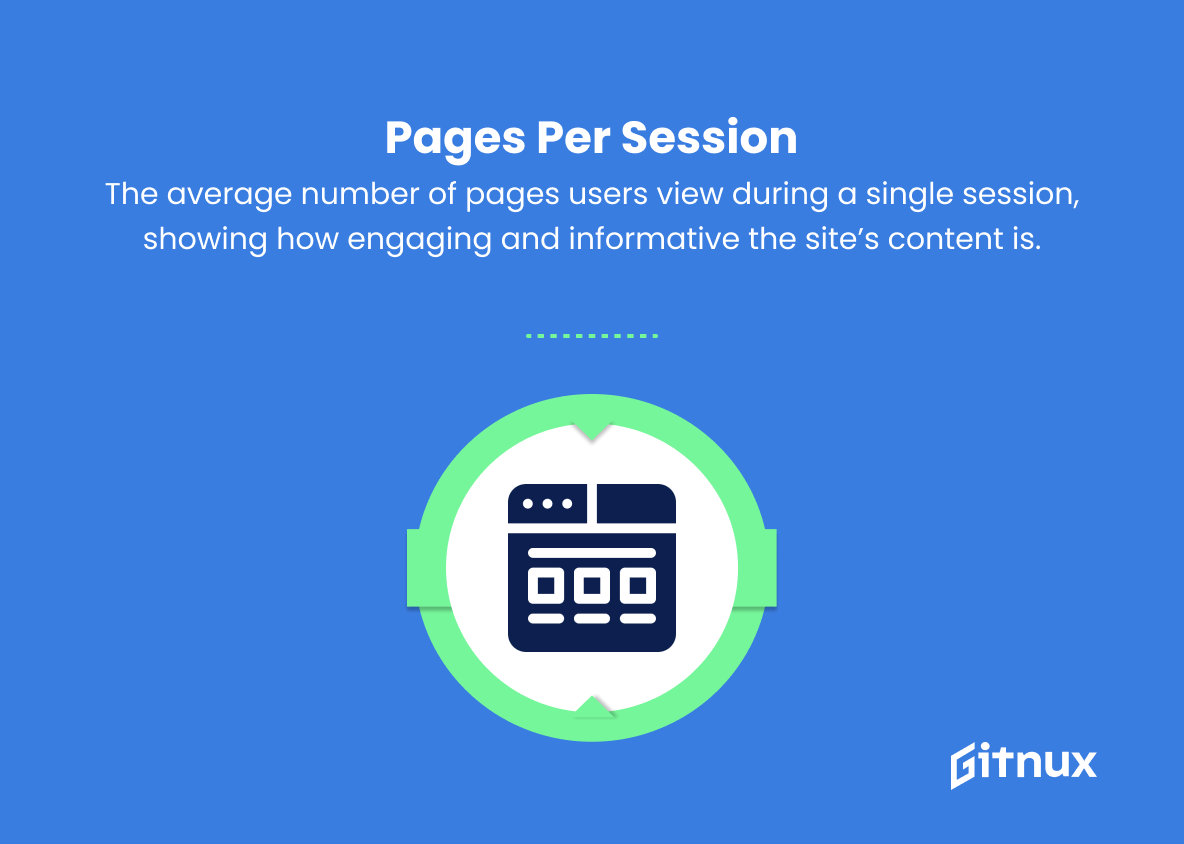In today’s highly competitive digital landscape, content creators and marketers must consistently measure and analyze the performance of their work to ensure its effectiveness and growing impact on their target audience. Navigating through countless methodologies and analytical tools, it is crucial to hone in on the most significant and telling indicators of success. This blog post delves into the world of Content Performance Metrics, providing a comprehensive understanding of the key metrics and strategies needed to enhance your content’s potential and drive tangible results for your business or brand.
Join us as we break down these critical measures and provide insightful tips on optimizing your content strategy for the ever-evolving digital market. So, brace yourselves for a deep dive into the realm of data-driven content decisions and lead your content to unprecedented heights of accomplishment.
Content Performance Metrics You Should Know
1. Pageviews
The total number of times a specific page or piece of content has been viewed by users.
2. Unique Pageviews
The number of individual users who have viewed a specific page or piece of content.
3. Time on Page
The average amount of time users spend on a specific page or piece of content.
4. Bounce Rate
The percentage of users who visit a page and leave without any further interaction, indicating low engagement with the content.
5. Exit Rate
The percentage of users who exit a website after visiting a specific page, showing the last page a user visited before leaving the site.
6. Page Load Time
The amount of time it takes for a page to fully load, impacting user experience and search engine rankings.
7. Click-through Rate (CTR)
The percentage of users who click on a link within a piece of content or a call-to-action, indicating the effectiveness of the link or call-to-action.
8. Conversion Rate
The percentage of users who complete a desired action (e.g. sign up, purchase, or download) after engaging with the content.
9. Social Shares
The number of times a piece of content is shared on social media platforms, indicating the content’s reach and popularity.
10. Engagement Rate
The percentage of users who interact with the content through likes, comments, or shares, demonstrating how relevant and appealing the content is.
11. Average Session Duration
The average amount of time users spend on a website during a single session, indicating the overall user experience and the quality of the site’s content.
12. Pages per Session
The average number of pages users view during a single session, showing how engaging and informative the site’s content is.
13. Returning Visitors
The number of users who visit the website more than once, indicating that the content is valuable and worth revisiting.
14. New Visitors
The number of first-time users visiting the website, giving an idea of how successful marketing efforts are in attracting new audiences.
15. Scroll Depth
The average percentage of a page that users scroll down, giving insights on how much of the content users consume before leaving the page.
16. Heatmaps
A graphical representation of where users click or interact with the content, identifying popular and less popular areas on the page.
17. Video Views and Watch Time
The number of times a video is viewed and the average duration users watch, indicating the video content’s effectiveness in engaging users.
18. Referral Traffic
The amount of traffic coming to the site from external sources via links, helping determine which sources are driving the most engaged users.
Content Performance Metrics Explained
Content Performance Metrics are crucial in understanding content engagement and user behavior, ultimately leading to informed improvements and optimization. Metrics like Pageviews, Unique Pageviews, and Time on Page help quantify content exposure and user interest. Bounce Rate, Exit Rate, and Page Load Time can identify issues related to user experience or content quality. Valuable metrics like Click-through Rate (CTR), Conversion Rate, and Social Shares provide insights into the effectiveness of calls-to-action and the popularity of shared content. Engagement Rate, Average Session Duration, and Pages per Session paint a picture of user involvement and the overall appeal of a website’s content.
Returning and New Visitors, Scroll Depth, and Heatmaps inform both the website’s ability to draw and retain users and highlight areas for potential optimization. Video Views and Watch Time provide insights into video content engagement, while Referral Traffic helps identify valuable external sources driving user traffic. Utilizing these metrics allows businesses to make data-driven decisions that improve user experience and enhance content quality, resulting in better overall website performance.
Conclusion
In conclusion, content performance metrics are an essential tool for any serious marketer, writer, or content creator. By evaluating and analyzing these metrics, we can gain a deeper understanding of how our content is resonating with our target audience, what improvements can be made, and which strategies are yielding the best results.
As you review your own content performance, remember to consider both quality and quantity indicators, as well as to track your progress over time to identify trends and opportunities for growth. By focusing on these critical elements, you can make well-informed decisions that will ultimately enhance the effectiveness and success of your content – and help you achieve your overall marketing goals.


